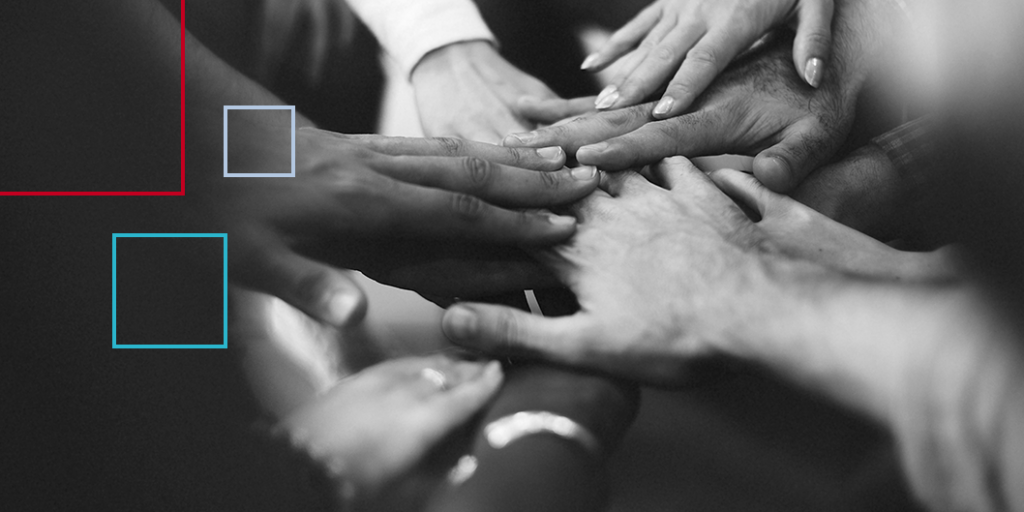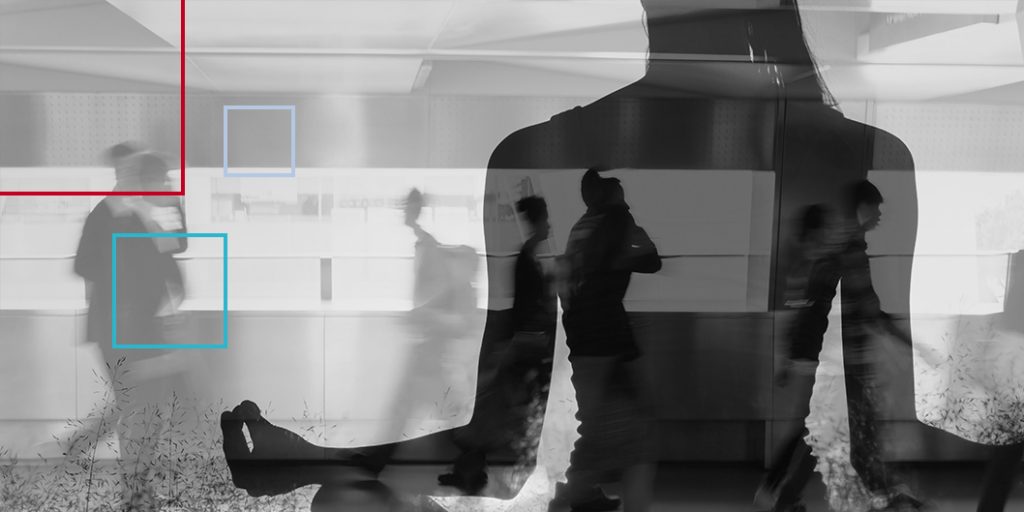Herminia Ibarra on Career Reinvention – Post Pandemic

We featured author Herminia Ibarra on our executive leadership podcast, WiseTalk just before the release of her book Act Like a Leader, Think Like a Leader. The intelligent, insightful discussion (see recap and link to recording below) covered topics including the outsight principle, how behavior drives attitudes (as opposed to the other way around), and […]
UPDATED: Workplace Culture (Now and the Next Normal)

Culture – the cohesiveness that shapes a company. I like to describe culture as the “ways things are around here” and see it as imperative to your company’s success — just like strategy, structure, and operations. by Sue Bethanis, CEO/Founder of Mariposa, [email protected], @suebethanis Understandably, in the past month, conscious attention to culture might have fallen by […]
Working Parents + Shelter-in-Place. Mission Impossible?

by Tawny Lees, COO and Executive Coach, [email protected] As I’ve been talking with and coaching clients this week, the reality of long-term school closures and shelter-in-place orders seems to be hitting working parents the hardest. It can feel impossible for two-parent homes where both partners work from home — and gets even harder when one […]
Four Tips to Navigate Working from Home

by Anne Loehr, Executive Coach, [email protected] I talk for a living, whether it’s through keynotes, employee training, executive coaching, human capital consulting, writing articles, or just a chat with a client. I’m lucky enough to have clients from a variety of industries and sectors, giving me a wide view of how organizations are handling similar […]
Six Keys to Leading in Crisis

by Barbara Baill, Executive Coach, [email protected] Leaders have an increased responsibility to lead during times of crisis and this current COVID-19 crisis is certainly one of those times. We have identified 6 C’s as keys to demonstrate your leadership today. Calm In any crisis, we look to our leaders for signals that we can either, […]
The New Normal: We Ain’t Going Back Now

by Sue Bethanis, CEO/Founder of Mariposa, [email protected], @suebethanis Whoa, last week was the strangest week I have experienced. Ever. How are you holding up? Perhaps stop for a minute, and check in with yourself: How AM I actually holding up? You probably haven’t had a chance to catch your breath from the horror of last […]
Swimming in This Sea of Uncertainty…

by Therese Tong, Executive Coach, [email protected] I injured my foot a couple of weeks ago so no running probably for the next 6 – 8 weeks. For those who know me well, you know how that puts me in “just” a little bit of a funk. I am feeling restless and then I’m picking a […]
Working from Home: The Opportunity

by Sue Bethanis, CEO/Founder of Mariposa, [email protected], @suebethanis If you’re a knowledge worker living in the Bay Area and are not already working from home (WFH) by choice or by company policy, my guess is you soon will be. I suspect we will be following Seattle’s lead this week or next. I have been working […]
How to Be Leaderly in Utter Uncertainty (and what behaviors to focus on in this current coronavirus situation)

How HR and business leaders coach their teams in uncertain times by Sue Bethanis, CEO/Founder of Mariposa, [email protected], @suebethanis Like you, I have been flooded the last three days with news and emails about coronavirus precautions. To allay my own anxiety, I spent much of this last weekend reading, and today, I am writing because […]
